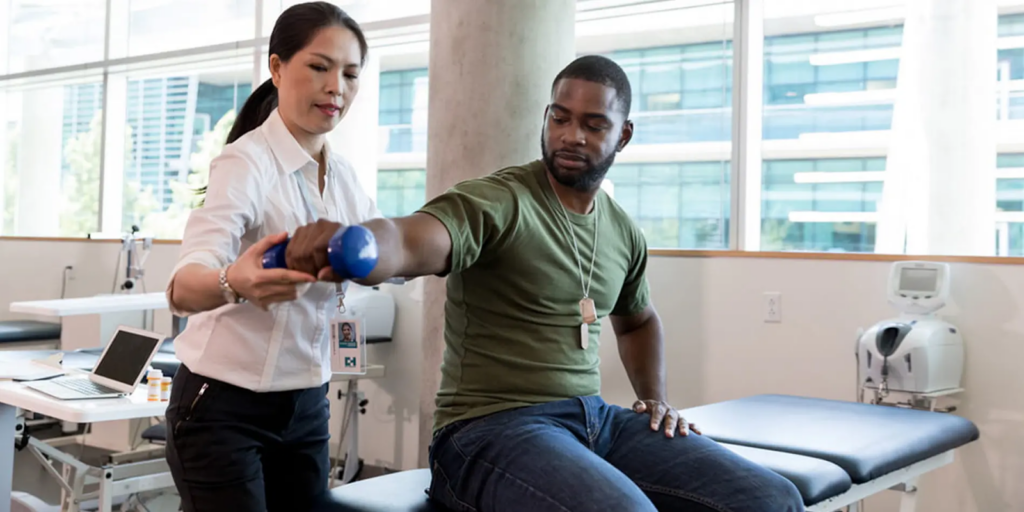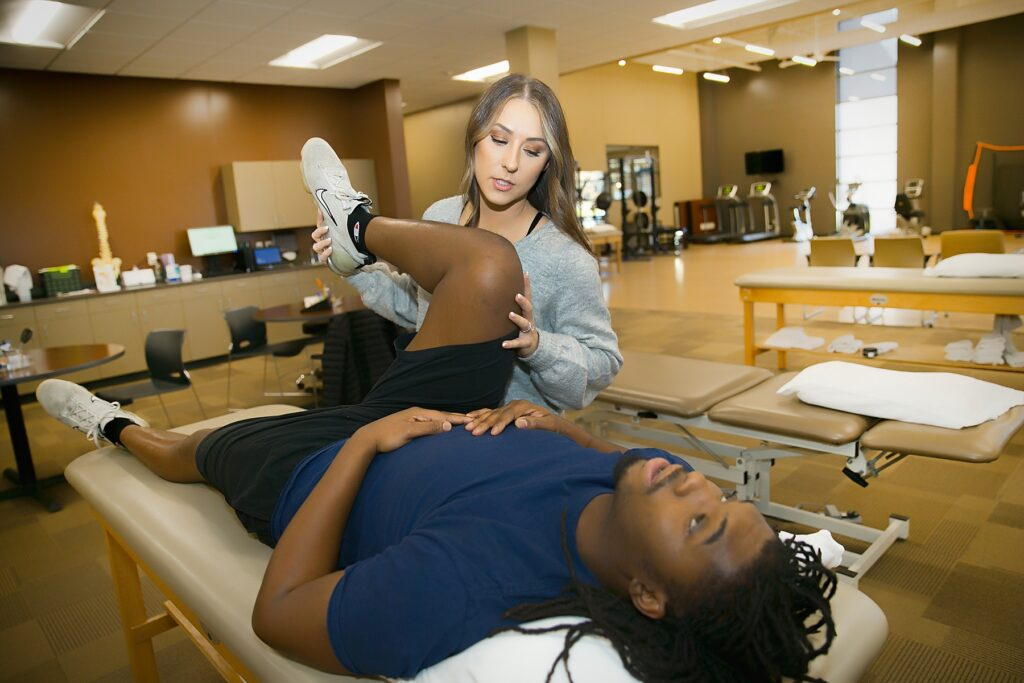
Sometimes, physical therapy is misconceived to prevent people from getting the right treatment. For any person looking to treat or recover from injury, chronic pain, or general wellness using physical therapy, it is important to straighten out these common misunderstandings regarding it.
Let’s take a look at some common misconceptions people have in coming to physical therapy; first is the idea that only injured people need the therapy; second, that the processes will be painful. We try to enlighten you with the truth as we feel it’s necessary so that you can make the right decisions on your behalf for better health.
Is physical therapy just for people who have injuries?
No, physical therapy does not relate only to injuries but also to mobility, chronic pain, and physical enhancement. Besides treatment and recovery, their role also includes prevention of injury, support of function, and management of various diseases like arthritis, stroke, or rehabilitation after surgeries.
Moreover, many would use physical therapy as a proactive way to optimize the capability of the body and reduce the chance of getting injured. In relation to these broader aspects, physical therapy tackles the restoration of physical health from every perspective. In situ: a typology of the diseases curable by physical therapy.
Is physical therapy always painful?
No, physical therapy should not be a source of pain. Therapists always adjust treatments according to each person’s level of tolerance and needs. There could be discomfort in some exercises as these exercises are designed to stretch tight muscles or mobilize stiff joints. That too is under control.
For this reason, the intensity of treatment is always varied in such a manner that it may be effective but not necessarily painful. Other ways of soothing the damage are through massage techniques, heat therapy, and selected exercises that reduce the pain during the very process.
However, over time, patients become less painful as the body alters and heals. A graph comparing pain before and after therapy would make things clearer.

Can physical therapy take the place of surgery?
Yes, in some cases, physical therapy can often be a good alternative, particularly with back pain, knee problems, and certain conditions affecting joints. This is where strengthening muscles and improving the flexibility of joints can actually help take pressure off and reduce, if not eliminate, pain by nonsurgical means.
Many people enjoy improved lives with regular sessions of therapy, without ever having to resort to surgery. But it’s ultimately a personal decision based on medical counsel and the severity of the condition. A chart comparing the results of surgery and physical therapy could be enlightening.
Do you need a doctor's referral for physical therapy?
Most states have direct access laws in place, whereby an individual can seek care without a physician referral or prescription, though those requirements do differ from state to state.
This gives the patients timely access to care needed and does not have to await it because of referral processes. Of course, always are gray areas with respect to local laws and insurance requirements.
It is always best practice to consult your doctor or health insurance provider regarding what works in terms of direct access to physical therapy services.
Is physical therapy designated for older adults only?
No, people of all age groups avail the services of a physical therapist. They help kids resolve their developmental issues, athletes for performance enhancement, and grown-ups after injuries and surgeries. Therapists develop age-specific plans for the individual.
The program is individualized to each person’s needs, and may be geared toward different age groups. This physical therapy can range from teaching an elderly how to balance him or herself on the feet or directing others that are younger to continued mobility. This could, for example, fall under a pie diagram that represents the age groups of people receiving physical therapy.

Does physical therapy involve only exercises?
No, it is all about various techniques other than exercises that may involve manual therapies, ultrasound, heat treatments, and electrical stimulation. The therapist should be able to adjust his approach towards a specific need.
It could be manual techniques, such as manipulating joints and soft tissues; ultrasound to reduce inflammation; or electrical stimulation to enhance the recovery process of muscles. These complement each other in ensuring a comprehensive treatment plan is given for addressing the causes of discomfort and helping patients regain strength and mobility.
Is it possible to pursue physical therapy at home?
Yes, many physical therapy exercises can be done from home. Many physical therapists prescribe specific home exercise programs for their patients to supplement the in-clinic work and continue the progress consistently.
These exercises are specifically aimed at consolidating what is gained within the therapy sessions, as the patients build strength, improve on flexibility, and maintain mobility. Home programs are a significant ingredient in long-term recovery and generally involve stretching strength-enhancing exercises, and mobility exercises.
Regular follow-through with the therapist will help to ensure that the program is correctly followed and modified as necessary.
In Conclusion
Myths associated with physical therapy are debunked, thus allowing one to make an informed decision for health choices. Physical therapy covers a wide array of treatment plans for various conditions other than injuries; all are effective regardless of age. Sometimes, it’s used instead of surgery, and many techniques are pain-free. If you’re thinking of physical therapy, consult a licensed therapist so that he/she can provide an individualized treatment plan suitable for you. Knowledge of facts guarantees better long-term health outcomes.
